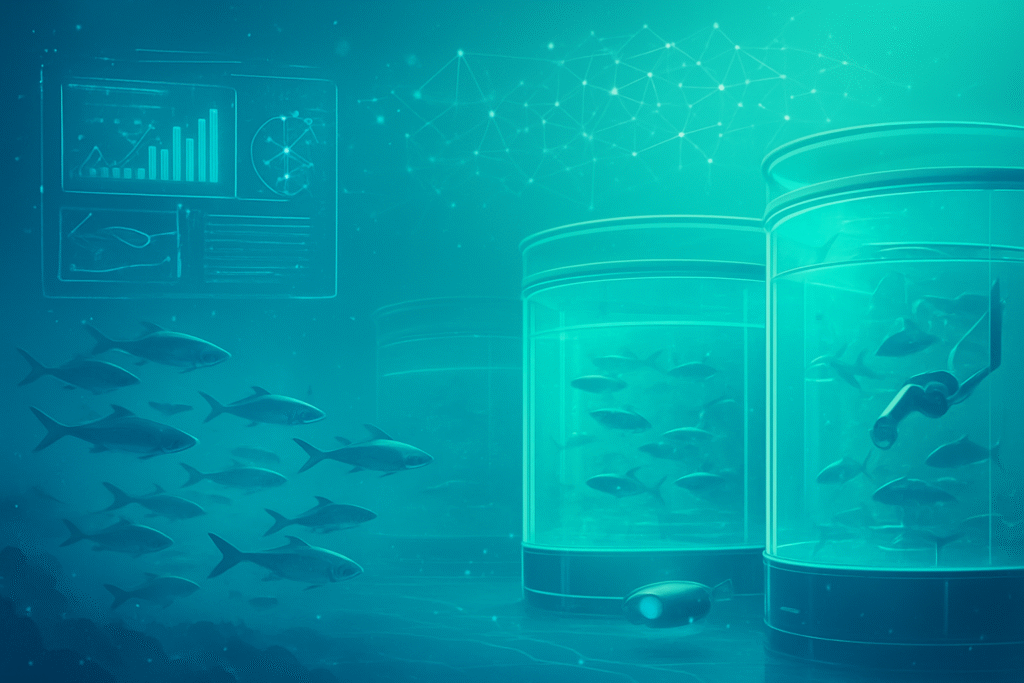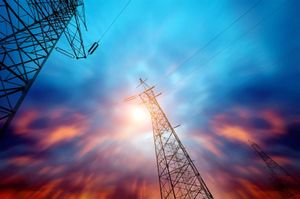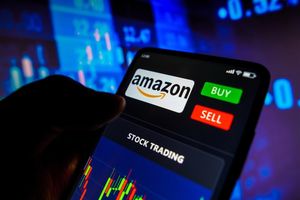
The global quest for sustainable food sources and efficient resource management is driving an unprecedented wave of technological innovation across the fisheries and aquaculture sectors. From AI-powered monitoring systems to advanced recirculating aquaculture systems, these advancements are reshaping how we interact with marine ecosystems and cultivate aquatic life. This transformative period was recently underscored at the 9th Convocation of Tamil Nadu Dr. J. Jayalalithaa Fisheries University (TNJFU) in Nagapattinam, India, held on September 18, 2024. The event celebrated academic achievements and implicitly highlighted the critical role of cutting-edge research and education in preparing the next generation for an industry increasingly reliant on digital and biological breakthroughs.
The convocation, attended by dignitaries including Tamil Nadu Governor Thiru. R.N. Ravi and featuring a key address by Dr. C.N. Ravishankar, Director and Vice-Chancellor of ICAR-Central Institute of Fisheries Education, Mumbai, served as a poignant reminder of the sector's dynamic evolution. While specific technological exhibits weren't detailed, the university's emphasis on "innovative and Technology" and "significant achievements" in fisheries sciences, engineering, and food technology strongly suggests a curriculum and research agenda deeply intertwined with these modern advancements. The convergence of academic excellence and technological progress signals a future where fisheries and aquaculture are not just about harvesting, but about intelligent, sustainable stewardship of aquatic resources.
The Digital Tides: Specific Advancements Reshaping Aquatic Industries
The technological revolution sweeping through fisheries and aquaculture is multifaceted, integrating a suite of advanced tools that promise enhanced efficiency, sustainability, and productivity. At the forefront are Artificial Intelligence (AI), the Internet of Things (IoT), and robotics, which are being deployed across various stages of the supply chain, from monitoring marine environments to optimizing farming practices.
In wild capture fisheries, remote sensing and satellite technology are providing unprecedented real-time data on oceanographic parameters, enabling precise identification of productive fishing grounds and crucial monitoring of climate change impacts and illegal fishing activities. This marks a significant departure from traditional methods that relied heavily on historical data and visual observation, offering a more dynamic and responsive approach to fisheries management. Drones and uncrewed vehicles (UAVs/USVs) further extend this reach, offering cost-effective surveillance, habitat mapping, and wildlife tracking, complementing traditional vessel-based surveys with high-resolution, agile data collection. Acoustic technologies, like advanced sonar, provide detailed underwater mapping and fish school detection, refining stock assessment and harvest strategies.
Aquaculture, too, is experiencing a paradigm shift. Recirculating Aquaculture Systems (RAS) are revolutionizing fish farming by creating closed-loop, land-based environments that reuse up to 99% of water. These systems drastically reduce water consumption, enhance biosecurity by minimizing disease risks, and offer scalability through modular designs, contrasting sharply with traditional open-cage farming that is more susceptible to environmental fluctuations and effluent discharge. IoT and smart monitoring systems, equipped with sensors for oxygen, temperature, pH, and ammonia, provide real-time data streams, enabling predictive analytics for disease outbreaks and optimized feeding regimes. AI further enhances this by monitoring fish health and behavior, and powering smart feeding systems that prevent overfeeding and reduce waste. These integrated systems offer a level of control and precision previously unattainable, moving aquaculture towards a more industrialized and environmentally controlled form of food production.
Corporate Currents: Beneficiaries and Competitive Shifts
The rapid technological advancements in fisheries and aquaculture are creating significant opportunities and competitive shifts across the industry, benefiting a diverse range of companies from established tech giants to specialized startups. Companies specializing in AI, IoT, robotics, and data analytics are particularly well-positioned to capitalize on this transformation.
Tech giants with strong AI and cloud computing capabilities, such as Microsoft (NASDAQ: MSFT), Amazon (NASDAQ: AMZN) with AWS, and Google (NASDAQ: GOOGL), stand to benefit from providing the underlying infrastructure and AI platforms that power these smart aquaculture and fisheries solutions. Their machine learning frameworks and data storage solutions are essential for processing the vast amounts of data generated by sensors, drones, and satellites. Furthermore, specialized companies focusing on marine technology, such as Kongsberg Gruppen (OSE: KOG) with its advanced acoustic and maritime solutions, or Xocean (private), which deploys uncrewed surface vessels for data collection, are seeing increased demand for their hardware and services.
The competitive landscape is also seeing the rise of innovative startups. Companies developing AI-driven solutions for fish health monitoring, precision feeding, and automated farm management, like AquaManager (private) or BioFishency (private), are gaining traction. Similarly, those innovating in sustainable aquafeed ingredients, such as companies producing insect-based proteins or algae, are poised for growth, potentially disrupting traditional feed markets dominated by conventional fishmeal producers. The shift towards land-based RAS also creates opportunities for engineering firms and technology providers specializing in water treatment, filtration, and system design, like AquaMaof Aquaculture Technologies (private) or Pure Salmon Technology (private). This disruption forces traditional fisheries and aquaculture operators to either adopt new technologies or risk being outcompeted by more efficient and sustainable rivals. Market positioning now increasingly hinges on the ability to integrate and leverage these digital and biological innovations for improved yield, reduced environmental impact, and enhanced traceability.
Broader Horizons: Impact and Ethical Considerations
These technological leaps in fisheries and aquaculture are not isolated events; they are integral to broader global trends in food security, environmental sustainability, and the digitalization of primary industries. The integration of AI, IoT, and advanced biological techniques into aquatic food production signifies a crucial step towards a more resilient and efficient global food system, aligning with the United Nations' Sustainable Development Goals.
The impacts are far-reaching. Environmentally, these technologies offer the promise of reducing the ecological footprint of seafood production. Smart fishing gear minimizes bycatch, remote monitoring combats illegal fishing, and RAS significantly reduces water usage and nutrient runoff compared to traditional methods. Economically, they can lead to increased yields, lower operational costs, and improved product quality, benefiting producers and consumers alike. Socially, these advancements can create new high-skilled jobs in technology and data analysis within the aquatic sectors, though they may also require significant retraining for existing workforces.
However, this progress is not without its concerns. The reliance on complex technology introduces new vulnerabilities, such as cybersecurity risks to automated systems and data privacy issues. There are also ethical considerations surrounding the increasing industrialization of animal agriculture and the potential for technological solutions to exacerbate inequalities if access to these innovations is not equitable. Comparisons to previous agricultural revolutions are apt; just as mechanization transformed land-based farming, digital and biological technologies are now poised to redefine aquatic food production. The challenge lies in ensuring that these powerful tools are deployed responsibly, transparently, and inclusively, avoiding unintended consequences that could undermine their potential benefits.
Charting Future Waters: The Path Ahead
The trajectory of technological advancements in fisheries and aquaculture points towards an even more integrated, intelligent, and autonomous future for aquatic food production. Near-term developments are likely to focus on refining existing technologies and improving their accessibility and cost-effectiveness for a wider range of producers. We can expect to see more sophisticated AI models for predictive analytics, capable of forecasting disease outbreaks with greater accuracy and optimizing growth conditions with unprecedented precision. The proliferation of smaller, more affordable IoT sensors and drone technology will make real-time monitoring capabilities available to a broader spectrum of farms and fishing vessels.
Looking further ahead, the horizon includes fully autonomous aquaculture farms, where robotic systems manage feeding, cleaning, and health monitoring with minimal human intervention. Advanced genetic editing techniques will likely lead to the development of aquatic species with enhanced disease resistance, faster growth rates, and improved nutritional profiles. The concept of "digital twins" for entire aquaculture facilities or even marine ecosystems could emerge, allowing for virtual experimentation and optimization before real-world implementation. Challenges remain, particularly in standardizing data collection, ensuring interoperability between diverse technological systems, and developing robust regulatory frameworks to govern these rapidly evolving practices. Experts predict a continued convergence of biotechnology and information technology, leading to truly "smart" aquatic systems that are not only productive but also inherently sustainable and resilient against environmental changes.
The Next Wave: A Comprehensive Wrap-up
The technological advancements currently reshaping fisheries and aquaculture represent a pivotal moment in the global effort to secure sustainable food sources. From AI-driven analytics and IoT-enabled monitoring to closed-loop Recirculating Aquaculture Systems and smart fishing gear, these innovations are fundamentally altering how humanity interacts with and harvests from aquatic environments. The recent 9th Convocation of Tamil Nadu Dr. J. Jayalalithaa Fisheries University served as a timely reminder of the academic and research commitment underpinning this transformation, highlighting the critical role of education in fostering the expertise required for this new era.
This development's significance in AI history lies in its application to a vital, yet often overlooked, primary industry. It demonstrates AI's capacity to move beyond conventional tech sectors and deliver tangible, impactful solutions for global challenges like food security and environmental conservation. The long-term impact promises more efficient, environmentally friendly, and traceable seafood production, but also necessitates careful consideration of ethical implications, data security, and equitable access to these powerful tools. In the coming weeks and months, observers should watch for further integration of these technologies into commercial operations, continued investment in sustainable aquafeed alternatives, and policy discussions surrounding the regulation and support of this rapidly evolving sector. The future of our oceans and the food they provide is increasingly intertwined with the intelligent application of technology.
This content is intended for informational purposes only and represents analysis of current AI developments.
TokenRing AI delivers enterprise-grade solutions for multi-agent AI workflow orchestration, AI-powered development tools, and seamless remote collaboration platforms.
For more information, visit https://www.tokenring.ai/.






